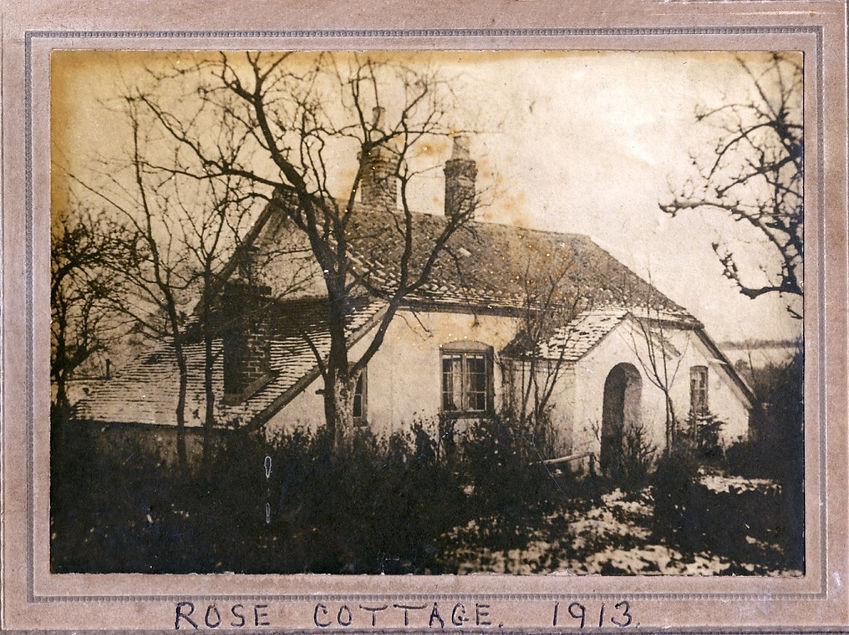INDUSTRIAL HALLING

INDUSTRIAL HALLING
Pictures of and background to Halling’s industrial past.
By early nineteenth century lime burning was the main occupation of the Halling population. The lime was transported by barge on the River Medway to be used as fertiliser, whitewash and for use in mortar. Chalk was also used as bricks in building. (I.M. 54)
1850 to 1900 saw an intensified industrialisation of the Lower Medway Valley. In particular the arrival of Portland cement transformed its villages. The population of Halling rose from 550 in 1851 to 2,454 in 1901

Curtesy of Stuart Cunningham




seen from The Street


No longer standing, may be Rose Cottage in Upper halling
CEMENT
Cement is created by burning chalk and clay at high temperatures and milling the resultant clinker. MV 23
LIME BURNING
Lime is created by burning chalk and grinding the results
Defunct Rugby Cement Works at North Halling, seen from South Hill to the West of Upper Halling, 2009. Cement works demolished in 2010

The White Pit

The white Pit has been leased by Halling parish council until recently and is being preserved as a site of special scientific interest. It is not open to the Public as the area supports very fragile flora. Guided visits have in the past been arranged during halling Fun Week.
Halling Cement Works (not sure which one)

Lees Pit
